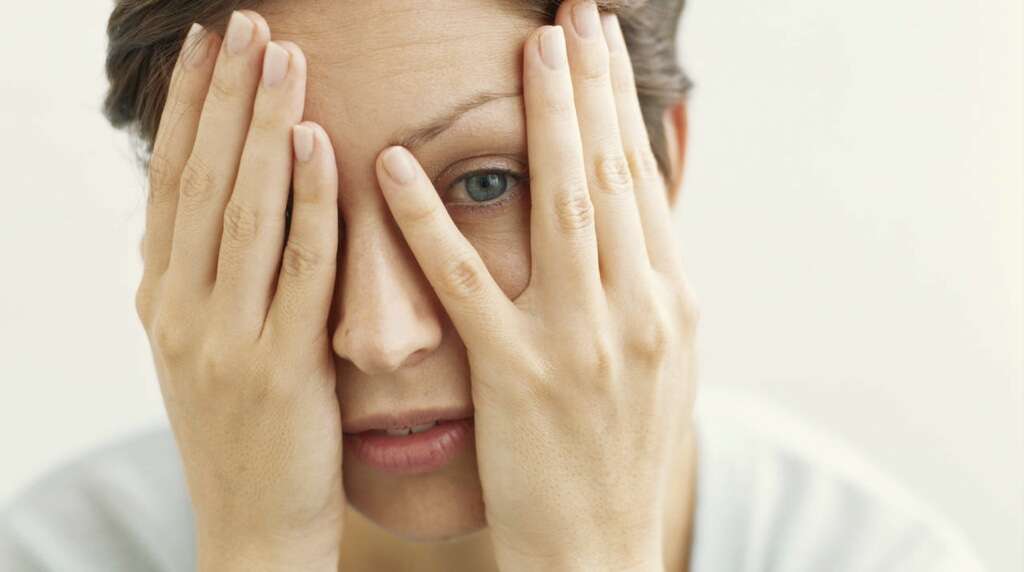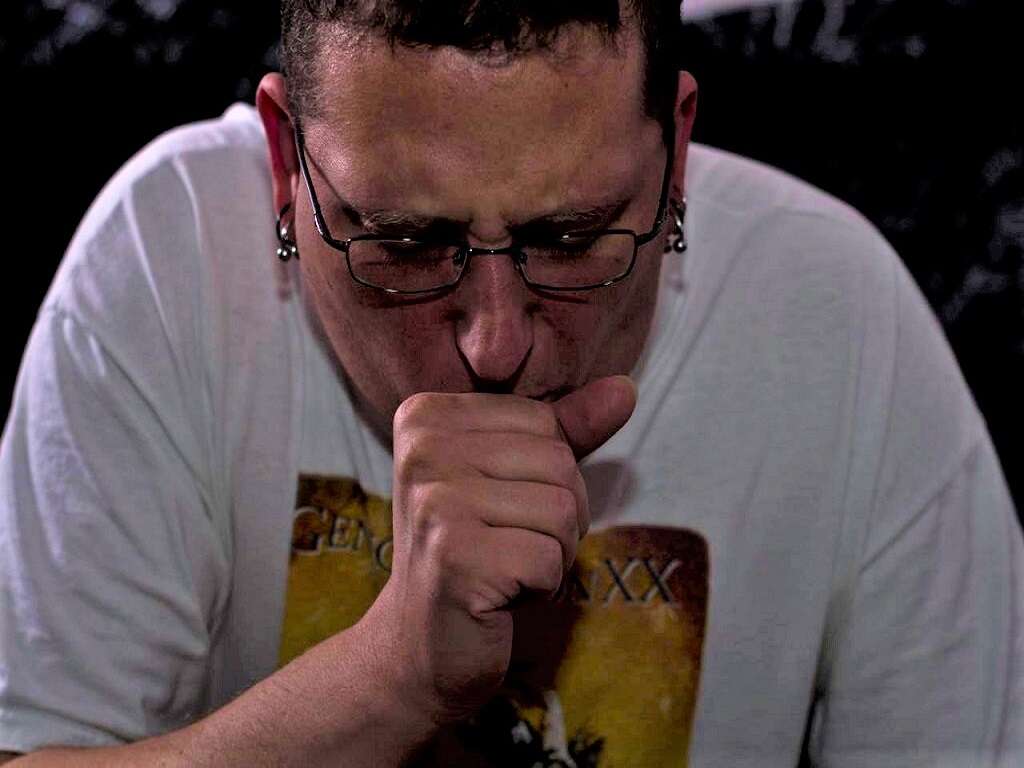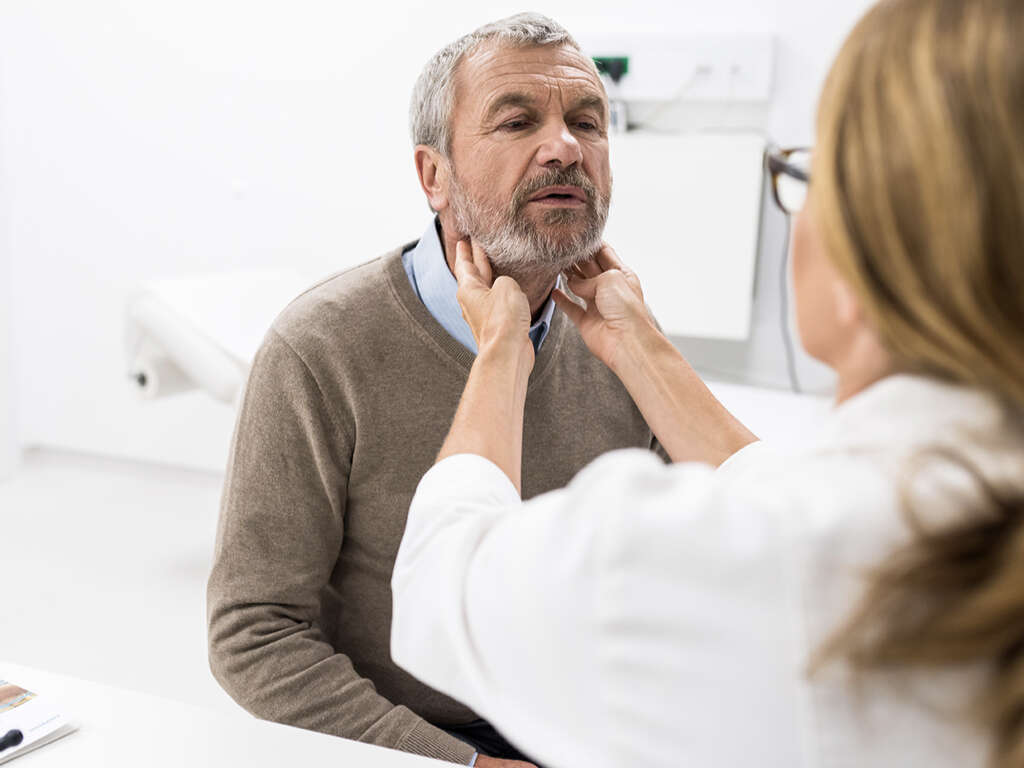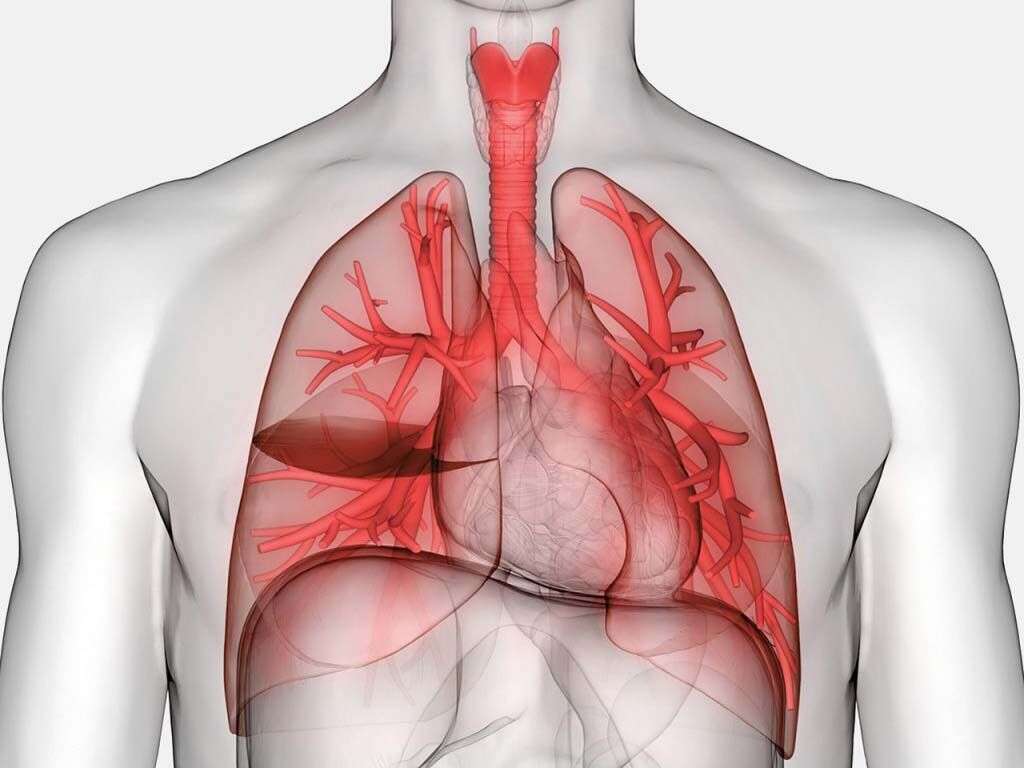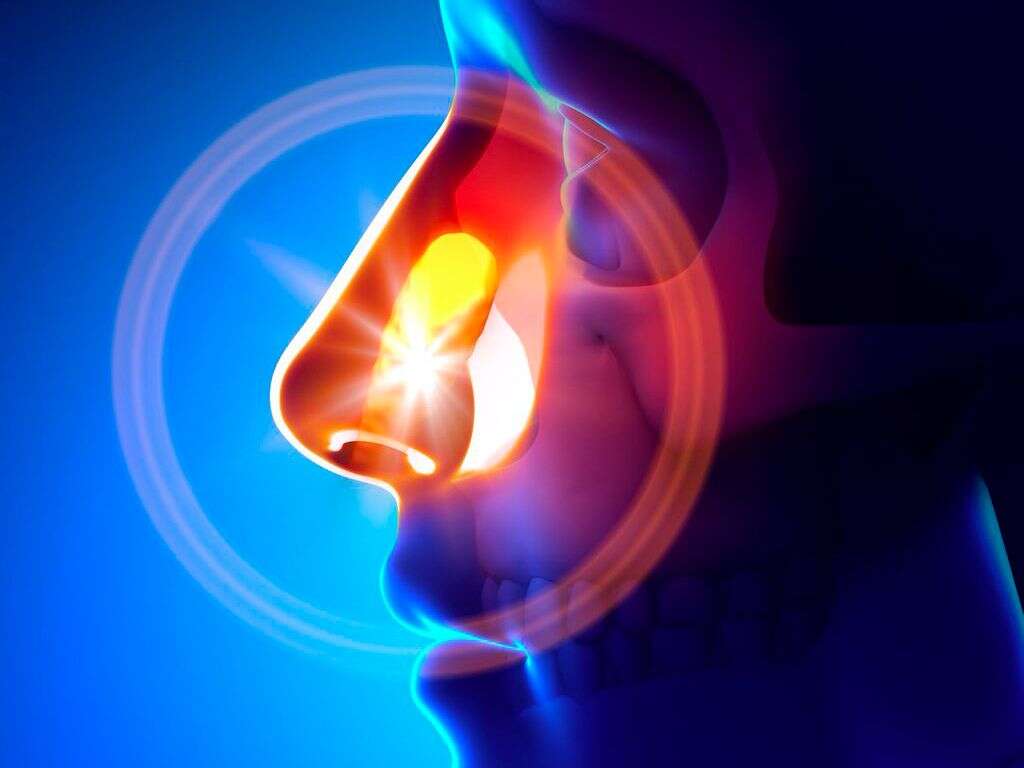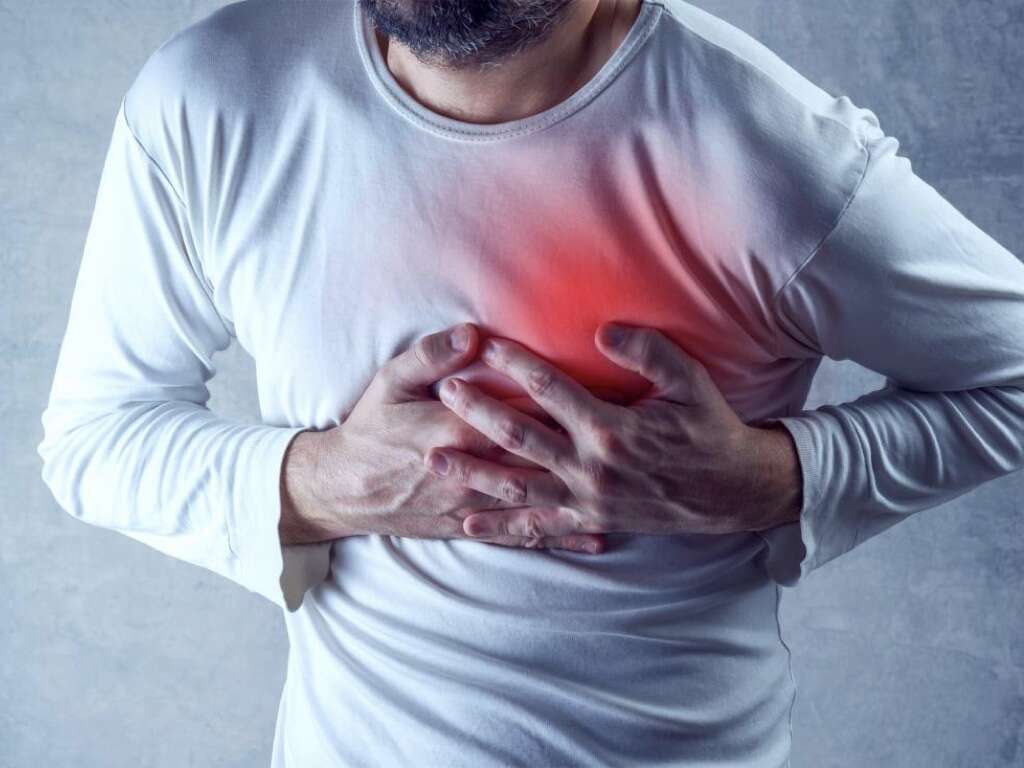10 Symptoms of Costochondritis
Cartilage is a relatively soft material that is found in many places in the body. It is relatively flexible and this is important in places where some degree of flexibility is needed, such as in the joints. Without it, our skeletons might be too brittle and we could get injured too easily.
Cartilage is also found at the front of the rib cage where the ribs join the sternum. This cartilage can become inflamed and sore in a condition which is known as costochondritis.
Costochondritis is not necessarily a dangerous condition and it will often go away itself after a while, although it can be very uncomfortable.
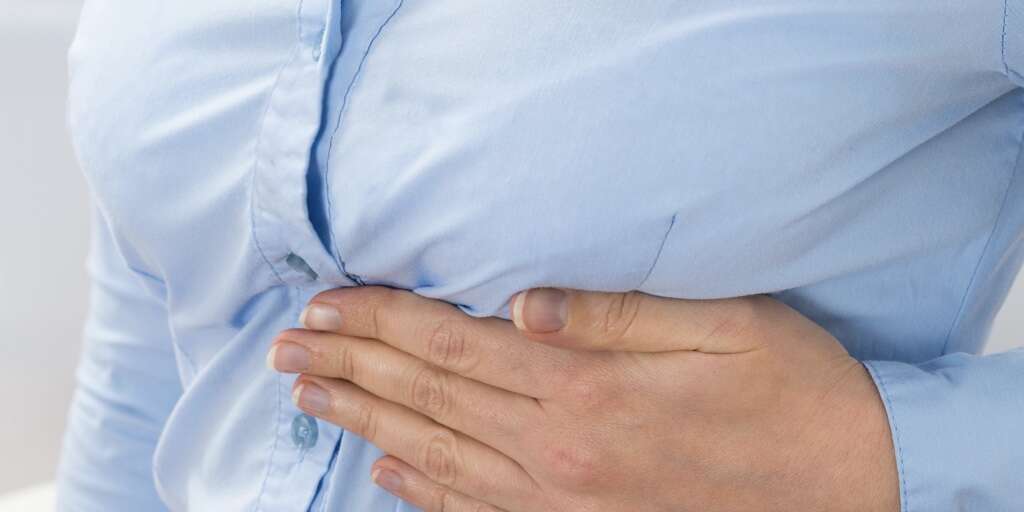
Symptom #1: Pain When Breathing
Our lungs are hard at work every single day. Despite this, we barely notice that they are there. This is because they are so well adapted at what they do that the task is easy for them. If all is not well, though, then even something as fundamental as breathing can become very difficult for us.
Patients with costochondritis will often find that they experience pain when breathing. This is obviously very difficult for them because breathing is a necessity and something they cannot simply stop doing. This will also likely make it very difficult for them to exercise or undertake any other physical exertion.

Symptom #2: Pain at Front of Chest
Our rib cages do an excellent job of protecting the delicate organs inside. This is very important because these organs are some of our most valuable, including our lungs and heart. Although not indestructible, our rib cages help absorb shocks that might otherwise cause extensive damage internally.
The ribs themselves curve around the upper torso and meet together at a flat plate called the sternum. Patients with costochondritis can find that this area, in particular, is very painful. If you do experience pain in this area then you should make an appointment with a doctor to get it checked out to be sure.
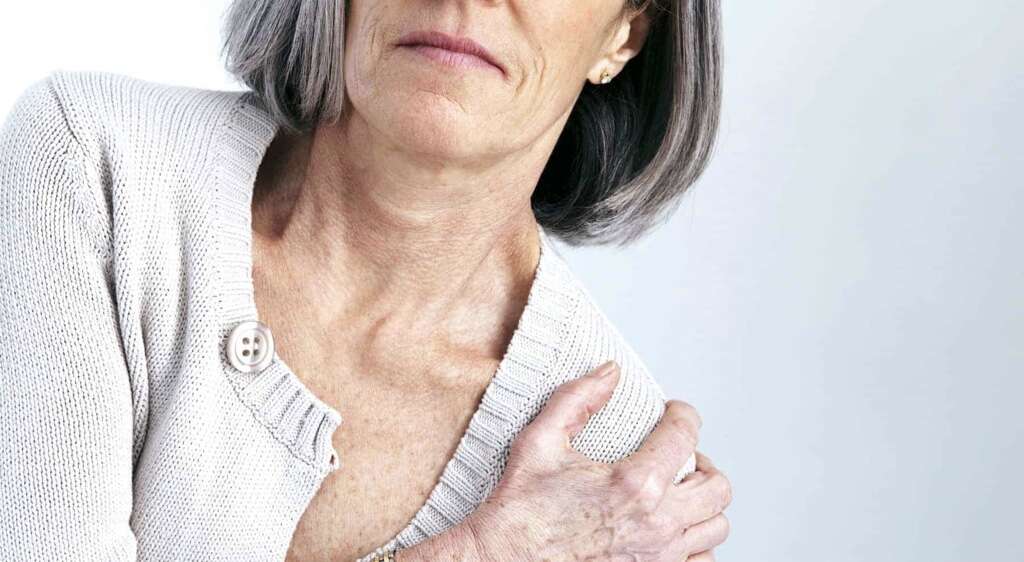
Symptom #3: Back Pain
It is not uncommon for a problem in one area to cause pain elsewhere. Patients with costochondritis will often find that the pain they feel in the front of the chest can also radiate to the back. Others will find that they feel pain in the abdomen.
Such pain is experienced most commonly on the left side of your body. This information might be able to help a doctor come to an early diagnosis, so make sure that you let them know. If such pains do persist then you should consider speaking with a medical professional to get it checked out.
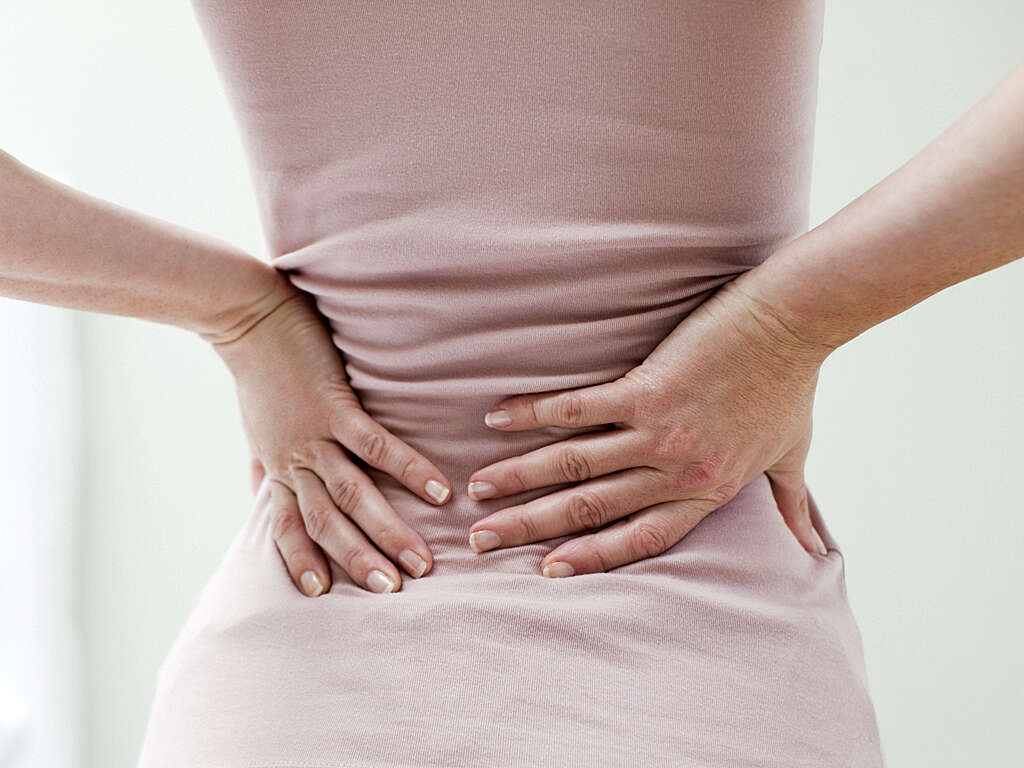
Symptom #4: Increased Pain When Moving
Many aches and pains will persist no matter how still you may be. You can sometimes be lying still in bed and still be in agony from whatever it is that is hurting you. With costochondritis, though, you are likely to find that the pain will appear, or increase, when you are moving.
Because the condition affects the rib cage, costochondritis is likely to hurt more when you move your upper torso. This can lead to patients trying to keep as still as possible in order to avoid the pain. While pains are not uncommon, they should not last for too long so you should arrange to speak with a doctor if they persist.
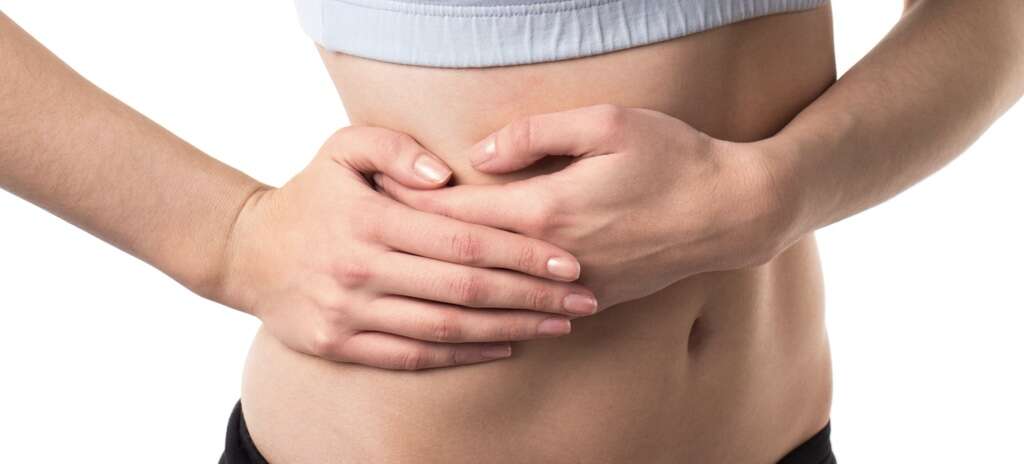
Symptom #5: Pain in Ribs
We often don’t feel our ribs. Their job is quite passive so we don’t really call upon them much. We tend not to feel pain or other sensations from them, although they can become quite sore should we experience an impact.
Pains in the ribs are more common among people with costochondritis, though. Patients are likely to feel pains in the 4th, 5th, and 6th ribs, specifically. It can leave patients reluctant to get involved with activities out of fear of hurting themselves more. Speak with a doctor and they may be able to prescribe something to help relieve the pain.
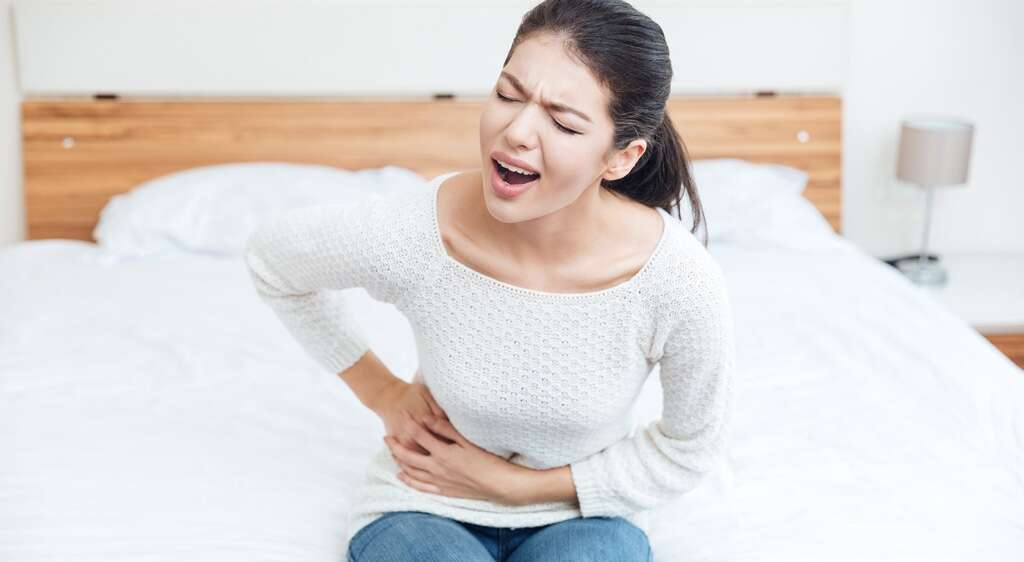
Symptom #6: Reduced Pain When Still
When we are ill or injured, we will often want to stay as still as possible. This can be to help wounds heal, although we may just not feel like moving. At other times, we will keep still because it helps to reduce any pain we are experiencing.
Just as patients with costochondritis find pain increases when they move, it can also decrease when they keep still. This can be very noticeable for them and patients will often try to keep as still as they possibly can for some relief. This is not usually practical, though, especially in people that have responsibilities such as jobs and families to care for.
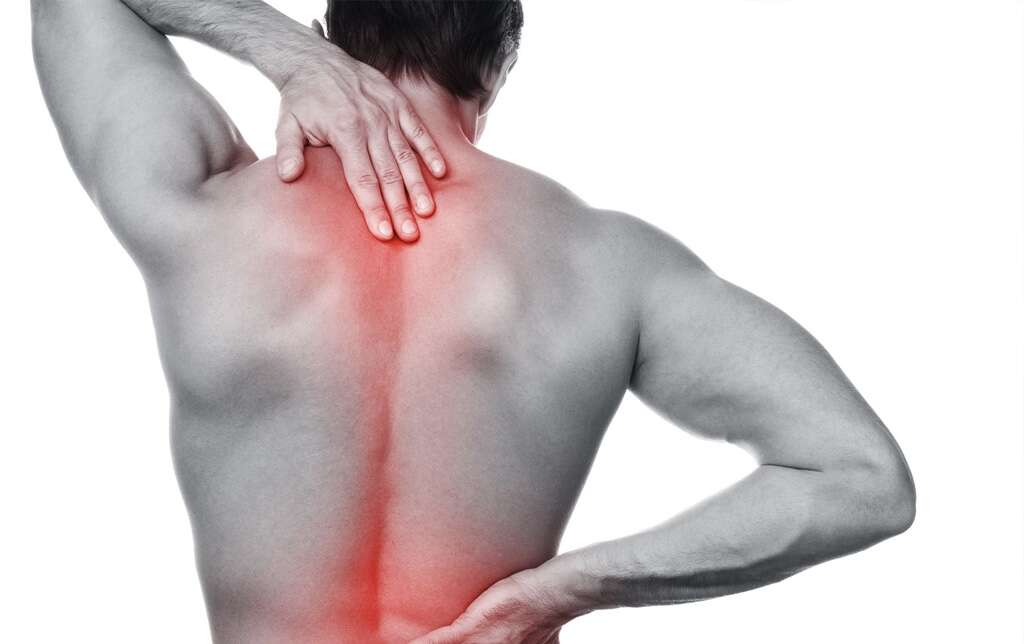
Symptom #7: Tenderness
There are different types of pain. Some are sharp while others are dull. Some are deep while others are felt on the surface. Another type of pain is tenderness, which is a kind of soreness that gets a lot worse whenever it is touched. None are pleasant, although they can vary considerably in severity.
If you have costochondritis, you are likely to find that the area around the joints of the ribs is very sore to the touch. This is particularly the area at the front of the rib cage where the ribs meet with the sternum. Patients will try to prevent anything from touching this area, but this is easier said than done.

Symptom #8: Decreased Pain with Light Breathing
We don’t really have much control over our lungs directly. If we need more oxygen then they will work harder whether we like it or not, although this is a very good thing. We could try to physically slow our breathing directly, but it won’t be long before you get short of breath depending on your circumstances.
Patients with costochondritis can often find that their pains will subside when they slow their breathing. Although it may relieve pain, it is something that they will often have no choice over. Patients with the condition may be reluctant to exercise so that they can keep their breathing as light as possible.

Symptom #9: Swelling
Swellings are a response by the body that involves getting resources to an infected or damaged area to try and fix it. This means sending blood, white blood cells, and other items that can do the job of fighting and repair. This means that swellings are not uncommon after surgery as the body tries to fix the damaged area.
In cases where costochondritis is a result of recent surgery, then swelling is a fairly common symptom. This can also be associated with redness and pus may also be discharged from the area. Depending on how healing from the surgery goes, these symptoms should hopefully clear up in time.
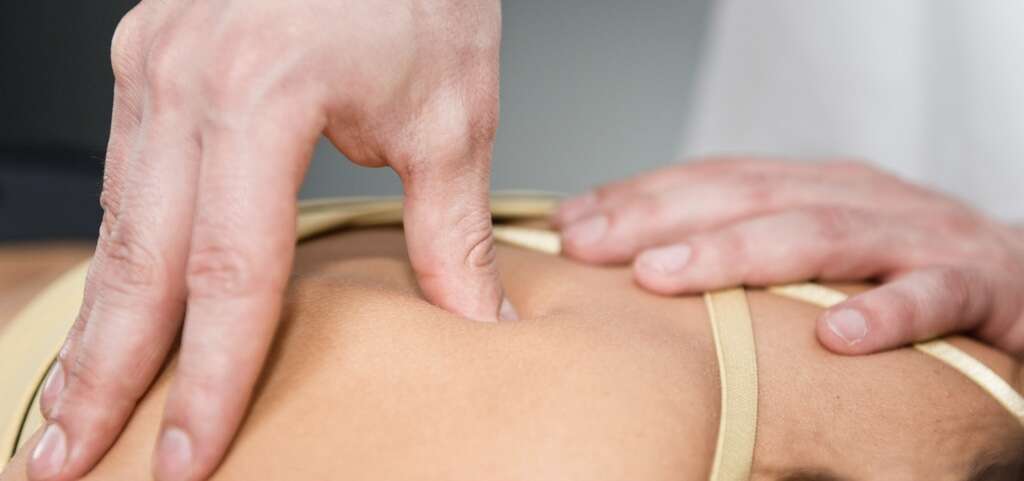
Symptom #10: Anxiety
It is never nice to be ill or injured. The pain and other symptoms are often unbearable and we will often just pray for the day they stop. This can lead to some considerable stress, but, fortunately, it is usually an experience that does not last for long. With long-lasting conditions such as costochondritis, though, relief from the pain is not likely to come.
This extended pain can lead to considerable anxiety. What’s more is that the pain is also often associated with a heart attack and similar life-threatening conditions, making the problem worse. Patients with the condition will often need to be treated for anxiety, as well as for the physical symptoms they experience.
